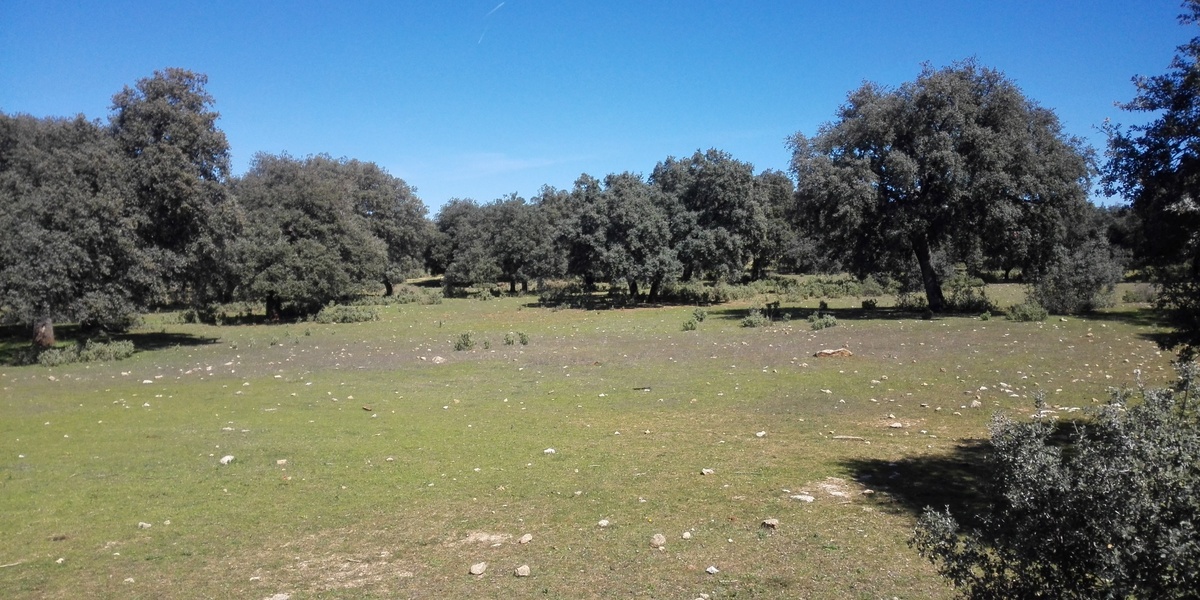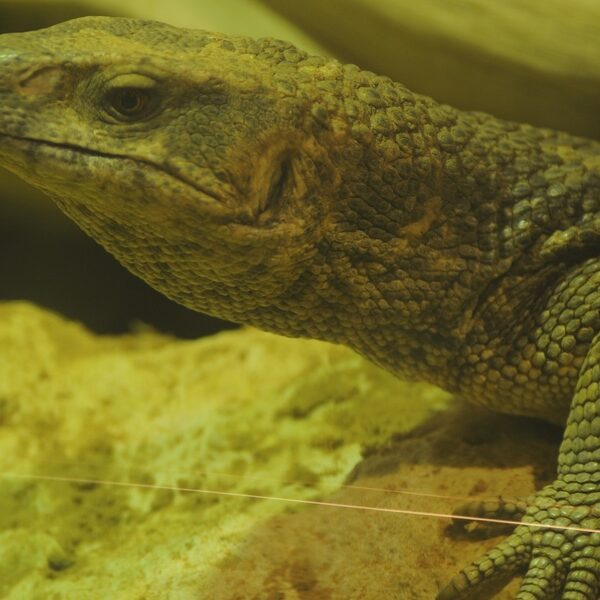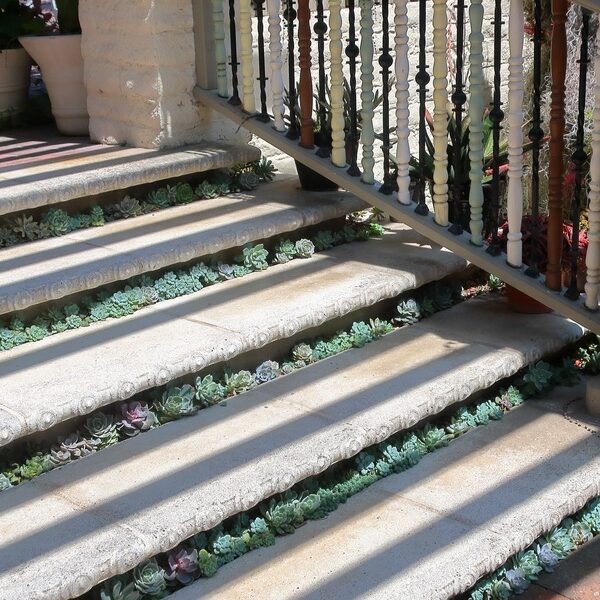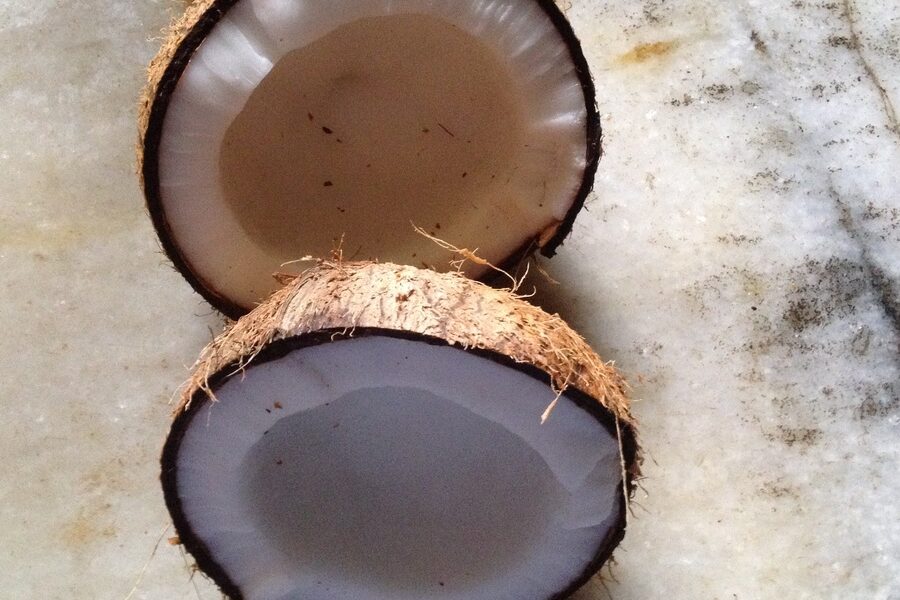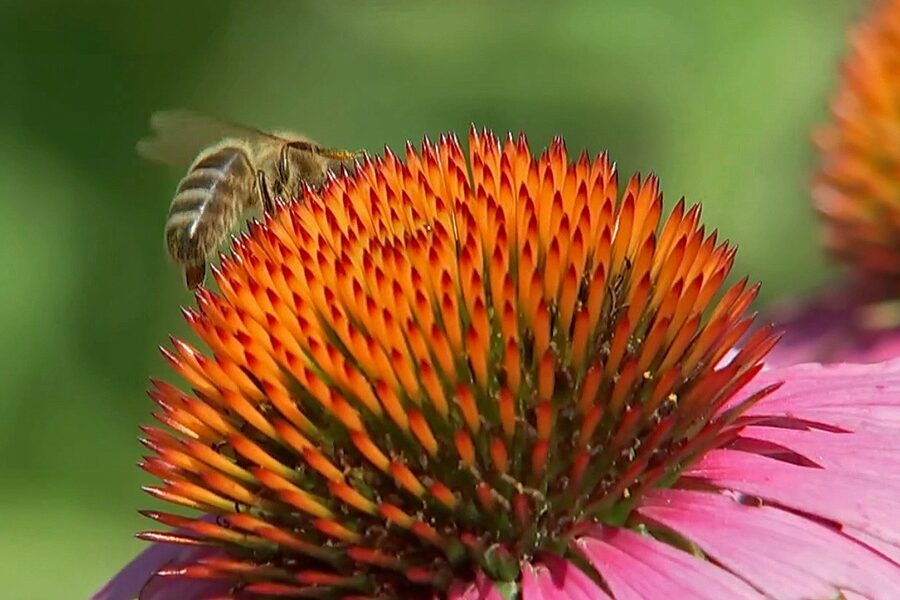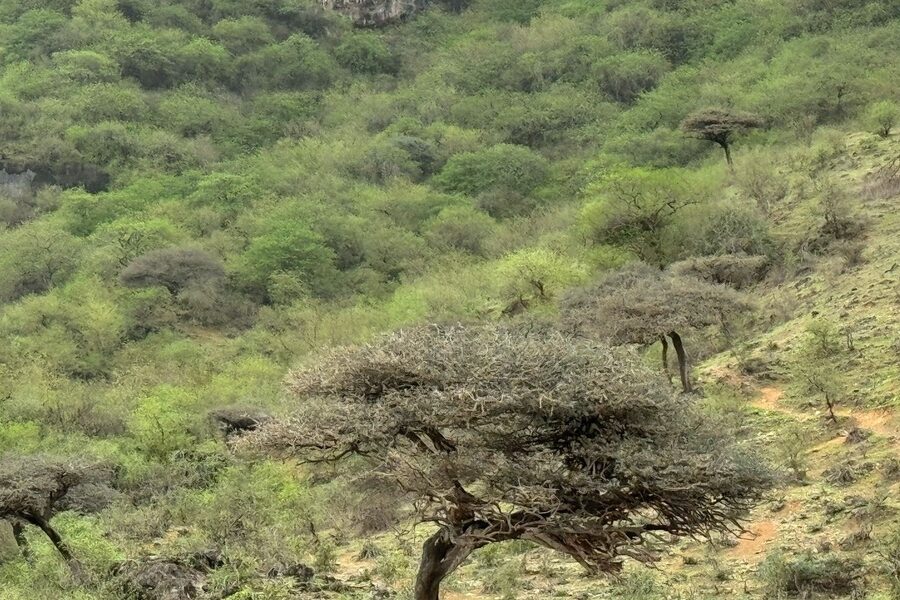Spain’s landscapes host a wide range of tree habitats, from coastal pines and olive groves to mountain beechwoods and urban elms. Spotting trees while hiking, driving or strolling through towns adds a layer of place and history to any outing.
There are 95 Trees of Spain, ranging from Aleppo Pine to Wych Elm. For each species, the list below is organized with the columns Scientific name,Max height (m),Regions (Spain); you’ll find below.
How can I quickly identify common trees in Spain?
Start with simple clues: leaf shape (needle, lobed, compound), bark texture, fruit or cones, and typical habitat (coast, lowland, mountain). Seasonal features—flowers in spring, fruits in autumn—help a lot. Use a regional field guide or apps like iNaturalist to match photos to the Scientific name in the table below.
Which parts of Spain have the greatest tree variety?
Mountain ranges (the Pyrenees, Sistema Central, Sierra Nevada) and the humid north host the most diversity, while the Mediterranean coast and inland drylands favor drought-tolerant pines and oaks. Check the Regions (Spain) column below to see where each species is most likely to occur.
Trees of Spain
| Common name | Scientific name | Max height (m) | Regions (Spain) |
|---|---|---|---|
| Stone Pine | Pinus pinea | 25 | Mainland (Mediterranean coast, central plateau), Balearics |
| Aleppo Pine | Pinus halepensis | 20 | Mainland (eastern & southern coasts), Balearics |
| Maritime Pine | Pinus pinaster | 30 | Mainland (Galicia, central and southern systems) |
| Scots Pine | Pinus sylvestris | 40 | Mainland (northern mountains) |
| Black Pine | Pinus nigra | 50 | Mainland (eastern mountains, Pyrenees) |
| Mountain Pine | Pinus uncinata | 25 | Mainland (Pyrenees, Sistema Ibérico) |
| Canary Island Pine | Pinus canariensis | 60 | Canary Islands |
| Spanish Fir | Abies pinsapo | 30 | Mainland (Andalusia: Serranía de Ronda, Sierra de Grazalema) |
| Silver Fir | Abies alba | 50 | Mainland (Pyrenees) |
| Spanish Juniper | Juniperus thurifera | 20 | Mainland (high plateaus of central and eastern Spain) |
| Holm Oak | Quercus ilex | 25 | Mainland, Balearics |
| Cork Oak | Quercus suber | 20 | Mainland (southwest, Catalonia) |
| Pyrenean Oak | Quercus pyrenaica | 25 | Mainland (central and northwestern mountains) |
| Portuguese Oak | Quercus faginea | 20 | Mainland (Mediterranean and central regions) |
| Gall Oak | Quercus lusitanica | 15 | Mainland (southwest) |
| Kermes Oak | Quercus coccifera | 10 | Mainland (Mediterranean coast), Balearics |
| English Oak | Quercus robur | 40 | Mainland (northern, humid regions) |
| European Beech | Fagus sylvatica | 40 | Mainland (northern mountains) |
| Sweet Chestnut | Castanea sativa | 30 | Mainland (northern and central mountains) |
| Downy Birch | Betula pubescens | 20 | Mainland (northern and central mountains) |
| Silver Birch | Betula pendula | 25 | Mainland (mountains across the north and east) |
| European Yew | Taxus baccata | 20 | Mainland (northern mountains) |
| Common Alder | Alnus glutinosa | 25 | Mainland (riverbanks and wetlands) |
| European Ash | Fraxinus excelsior | 40 | Mainland (northern, humid regions) |
| Narrow-leafed Ash | Fraxinus angustifolia | 25 | Mainland (riverbanks and moist areas) |
| White Poplar | Populus alba | 30 | Mainland, Balearics |
| Black Poplar | Populus nigra | 30 | Mainland (riverbanks) |
| Aspen | Populus tremula | 20 | Mainland (northern and central mountains) |
| White Willow | Salix alba | 25 | Mainland (riverbanks) |
| Elm | Ulmus minor | 30 | Mainland, Balearics |
| Wych Elm | Ulmus glabra | 40 | Mainland (northern mountains) |
| Mediterranean Hackberry | Celtis australis | 25 | Mainland (eastern and southern regions), Balearics |
| Field Maple | Acer campestre | 20 | Mainland (northern and central regions) |
| Montpellier Maple | Acer monspessulanum | 15 | Mainland (Mediterranean and central regions) |
| Italian Maple | Acer opalus | 20 | Mainland (eastern and northern mountains) |
| Large-leaved Lime | Tilia platyphyllos | 30 | Mainland (northern and eastern mountains) |
| Small-leaved Lime | Tilia cordata | 30 | Mainland (northern Spain) |
| Wild Cherry | Prunus avium | 25 | Mainland (widespread in forests) |
| European Holly | Ilex aquifolium | 15 | Mainland (northern and central regions) |
| Strawberry Tree | Arbutus unedo | 10 | Mainland (Mediterranean and Atlantic coasts), Balearics |
| Bay Laurel | Laurus nobilis | 15 | Mainland (northern coasts, southern mountains), Balearics |
| Olive Tree | Olea europaea | 15 | Mainland (especially south and east), Balearics |
| Carob Tree | Ceratonia siliqua | 10 | Mainland (Mediterranean coast), Balearics |
| Fig Tree | Ficus carica | 10 | Mainland, Balearics |
| Pomegranate | Punica granatum | 8 | Mainland (southern and eastern coasts) |
| Almond Tree | Prunus dulcis | 10 | Mainland (Mediterranean coast, south), Balearics |
| Common Hawthorn | Crataegus monogyna | 10 | Mainland, Balearics |
| Whitebeam | Sorbus aria | 15 | Mainland (mountainous regions) |
| Date Palm | Phoenix dactylifera | 25 | Mainland (southeast coast) |
| Canary Island Date Palm | Phoenix canariensis | 20 | Canary Islands, cultivated elsewhere |
| Dragon Tree | Dracaena draco | 15 | Canary Islands |
| Mediterranean Cypress | Cupressus sempervirens | 35 | Mainland, Balearics |
| Monterey Cypress | Cupressus macrocarpa | 25 | Mainland (northern coasts) |
| London Plane | Platanus x hispanica | 35 | Mainland (cities and towns) |
| Blue Gum Eucalyptus | Eucalyptus globulus | 55 | Mainland (northwest) |
| Black Locust | Robinia pseudoacacia | 25 | Mainland (widespread) |
| Tree of Heaven | Ailanthus altissima | 20 | Mainland (widespread, especially urban areas) |
| Italian Alder | Alnus cordata | 20 | Mainland (northern regions) |
| Sycamore | Acer pseudoplatanus | 35 | Mainland (northern mountains) |
| Horse Chestnut | Aesculus hippocastanum | 30 | Mainland (parks and gardens) |
| Atlas Cedar | Cedrus atlantica | 40 | Mainland (parks and mountains) |
| Deodar Cedar | Cedrus deodara | 50 | Mainland (parks and gardens) |
| Cedar of Lebanon | Cedrus libani | 40 | Mainland (parks and gardens) |
| Boxwood | Buxus sempervirens | 9 | Mainland (northern and eastern mountains) |
| Laurustinus | Viburnum tinus | 7 | Mainland (Mediterranean coast), Balearics |
| Common Privet | Ligustrum vulgare | 7 | Mainland, Balearics |
| Osage Orange | Maclura pomifera | 15 | Mainland (parks and roadsides) |
| Mulberry Tree | Morus alba | 15 | Mainland (widespread) |
| Judas Tree | Cercis siliquastrum | 12 | Mainland, Balearics |
| Bottle Tree | Brachychiton populneus | 20 | Mainland (Mediterranean coast) |
| Silk Floss Tree | Ceiba speciosa | 20 | Mainland (warm coastal areas) |
| Jacaranda | Jacaranda mimosifolia | 15 | Mainland (warm coasts), Canary Islands |
| Evergreen Oak | Quercus rotundifolia | 25 | Mainland, Balearics |
| Canary Islands Holly | Ilex canariensis | 10 | Canary Islands |
| Canary Islands Laurel | Laurus novocanariensis | 20 | Canary Islands |
| Til | Ocotea foetens | 30 | Canary Islands |
| Mocán | Visnea mocanera | 10 | Canary Islands |
| Strawberry Guava | Psidium cattleyanum | 8 | Canary Islands |
| Weeping Fig | Ficus benjamina | 20 | Canary Islands, Mainland (coastal cities) |
| Moreton Bay Fig | Ficus macrophylla | 40 | Mainland (coastal cities), Canary Islands |
| Desert Fan Palm | Washingtonia filifera | 20 | Mainland (coastal areas) |
| Mexican Fan Palm | Washingtonia robusta | 30 | Mainland (coastal areas) |
| Queen Palm | Syagrus romanzoffiana | 15 | Mainland (coastal areas), Canary Islands |
| Chinese Windmill Palm | Trachycarpus fortunei | 12 | Mainland (especially north) |
| Japanese Medlar | Eriobotrya japonica | 10 | Mainland (Mediterranean coast) |
| Tamarisk | Tamarix gallica | 8 | Mainland (coasts and riverbeds), Balearics |
| Oleander | Nerium oleander | 6 | Mainland (dry riverbeds) |
| Turpentine Tree | Pistacia terebinthus | 8 | Mainland, Balearics |
| Mastic Tree | Pistacia lentiscus | 7 | Mainland (Mediterranean coast), Balearics, Canary Islands |
| Myrtle | Myrtus communis | 5 | Mainland, Balearics |
| Kouchia | Quercus canariensis | 30 | Mainland (southern Andalusia, Catalonia) |
| Sessile Oak | Quercus petraea | 40 | Mainland (northern mountains) |
| European Crab Apple | Malus sylvestris | 10 | Mainland (northern and central regions) |
| Wild Pear | Pyrus pyraster | 20 | Mainland (widespread) |
| Firethorn | Pyracantha coccinea | 6 | Mainland (mountains) |
Images and Descriptions
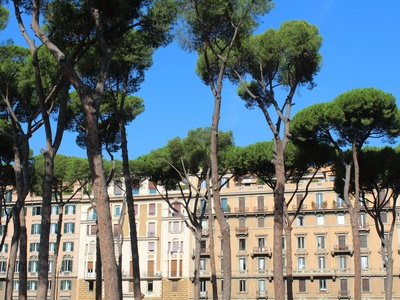
Stone Pine
Native pine with an iconic, umbrella-shaped crown. Famous for its edible pine nuts (piñones) and timber. It is a classic feature of the Mediterranean coastal landscape, well-adapted to sandy soils.
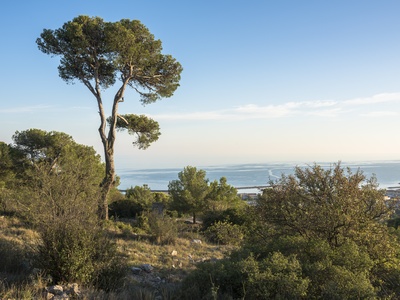
Aleppo Pine
A hardy, drought-tolerant native pine that thrives in coastal Mediterranean climates. Widely used in reforestation of arid areas, it forms extensive forests in eastern Spain and the Balearic Islands.
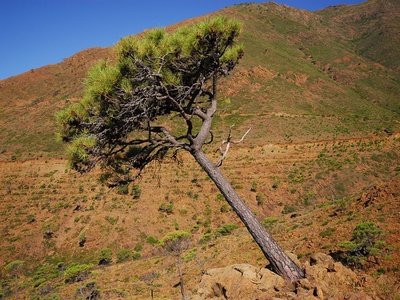
Maritime Pine
Native pine recognized by its deeply fissured, reddish-brown bark and long, stiff needles. It is heavily tapped for resin and its timber is used in construction, playing a major economic role in many regions.
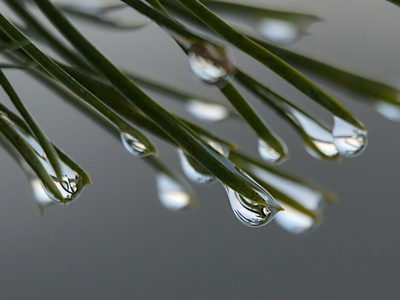
Scots Pine
A major timber-producing pine native to the mountains of northern and central Spain. It is easily identified by its orange-red upper bark, blue-green needles, and tall, straight trunk.
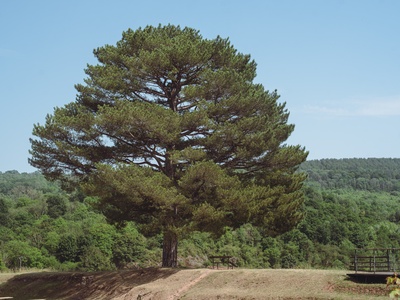
Black Pine
A large native pine found in the mountain ranges of eastern Spain. It is highly adaptable to different soils, including limestone, and is valued for its high-quality timber and role in mountain ecosystems.
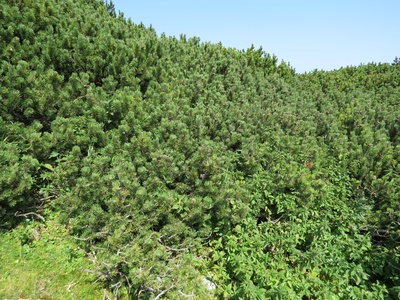
Mountain Pine
A hardy native pine adapted to high altitudes and cold climates, often forming the treeline in the Pyrenees. Its name comes from the hooked scales on its cones. It is crucial for preventing soil erosion.
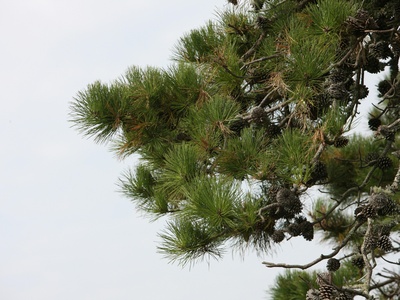
Canary Island Pine
An impressive endemic pine of the Canary Islands, known for its long, drooping needles and remarkable ability to resprout after fires. It is a dominant species in the islands’ mountain forests and a source of durable timber.
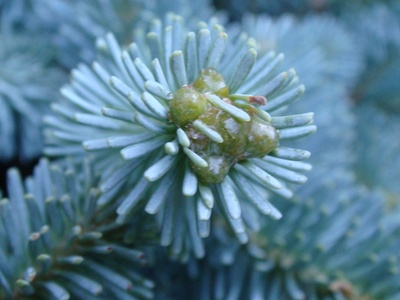
Spanish Fir
A rare, endemic fir native to the mountains of southern Spain. Its stiff, radially-arranged needles give it a unique, bristly appearance. It is a protected relic of Tertiary-era forests.
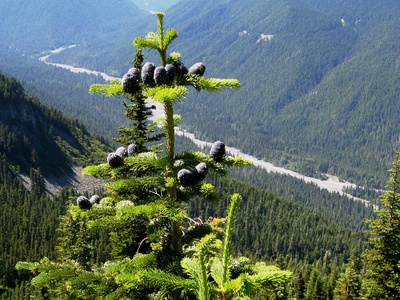
Silver Fir
A tall, majestic fir native to the Pyrenees. It has flat, silver-green needles and a conical shape. Its high-quality wood is used in construction and for making musical instruments.
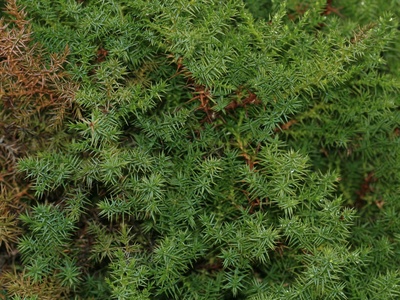
Spanish Juniper
A very slow-growing, resilient native juniper that forms sparse woodlands in harsh, continental climates. Its aromatic wood was historically used for incense (‘thurifera’ means incense-bearing).
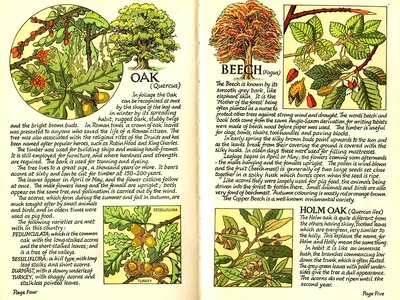
Holm Oak
A dominant, native evergreen oak, forming the backbone of the Iberian dehesa ecosystem. Its acorns are famously used to feed Iberian pigs, and its dense wood makes excellent firewood and charcoal.
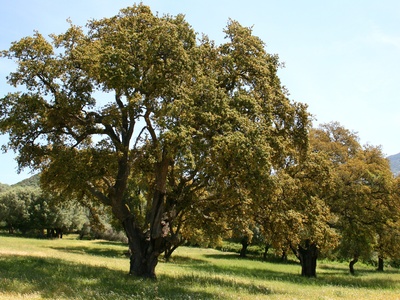
Cork Oak
Native evergreen oak prized for its thick, spongy bark, which is sustainably harvested to produce cork. It is a keystone species in the dehesa ecosystems of Andalusia and Extremadura.
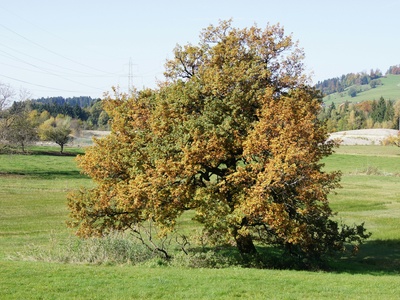
Pyrenean Oak
A deciduous native oak, common in the mountain slopes of the Iberian interior. Its deeply lobed leaves often remain on the tree through winter. It is an important species for wildlife.
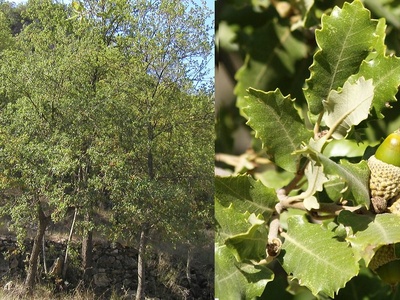
Portuguese Oak
A semi-deciduous native oak adapted to the Mediterranean climate. It is often found on limestone soils and is an important component of many Iberian forests, providing valuable habitat and acorns.
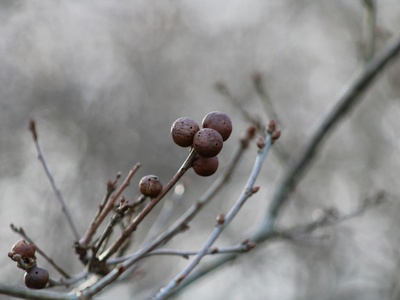
Gall Oak
A small, semi-evergreen native oak found in southwestern Iberia. It is known for the insect galls that form on its twigs, which are rich in tannins and were historically used for dyeing and ink production.
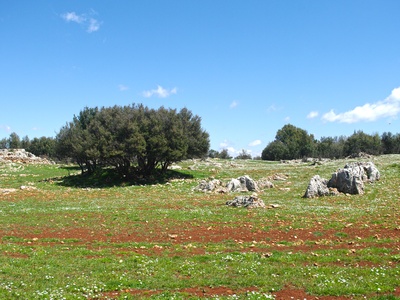
Kermes Oak
A spiny-leaved, evergreen oak, often found as a dense shrub but can grow into a small tree. It is extremely drought-resistant and a key component of the Mediterranean garrigue landscape.
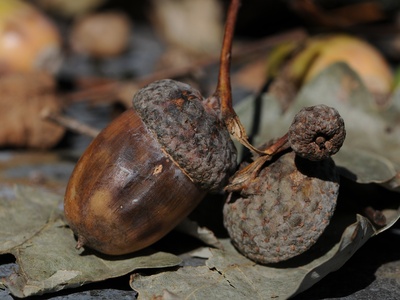
English Oak
A large, majestic deciduous oak native to the temperate, rainy climates of northern Spain. It is a classic forest tree, valued for its strong timber used in construction, furniture, and shipbuilding.
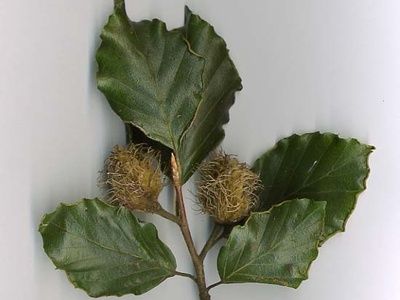
European Beech
A large deciduous tree that forms dense, beautiful forests in the humid mountains of northern Spain. It is recognizable by its smooth, grey bark and is a major source of timber for furniture.
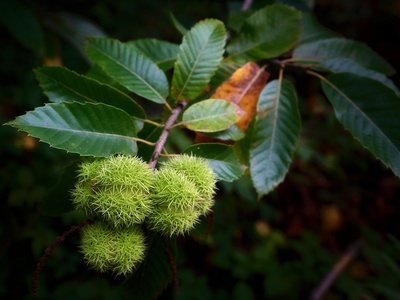
Sweet Chestnut
A large, long-lived deciduous tree, likely introduced by the Romans and now naturalized. It is famed for its edible nuts (chestnuts) and durable timber, often found in mountain regions.
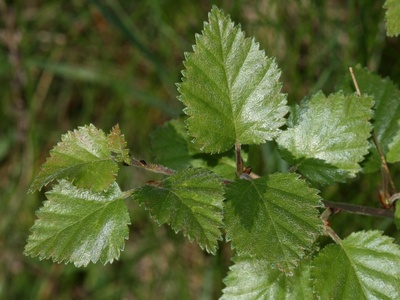
Downy Birch
A fast-growing, deciduous native tree with distinctive white bark, common in the cooler, wetter regions of Spain. It is a pioneer species, often colonizing open areas, and its wood is used for smaller items.
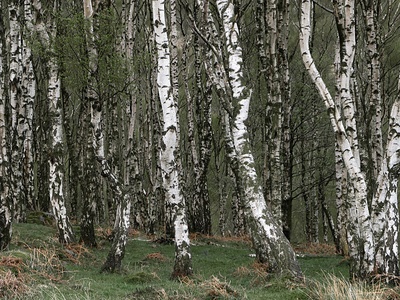
Silver Birch
A graceful, deciduous native tree with peeling, silvery-white bark and drooping branches. It prefers cooler climates and is found in mountain woodlands. Often planted as an ornamental tree for its beauty.
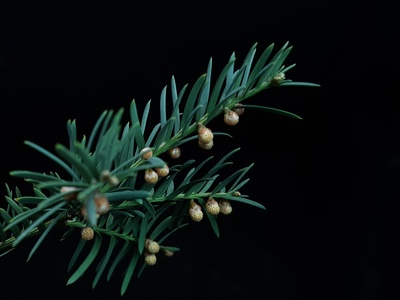
European Yew
A native, evergreen conifer known for its longevity and dark green needles. All parts of the tree, except the red fleshy aril around the seed, are toxic. It is often found in churchyards and ancient woodlands.
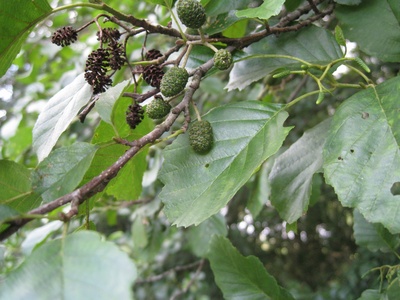
Common Alder
A deciduous native tree that thrives in waterlogged soils along rivers and in marshes. Its ability to fix nitrogen enriches the soil, and its water-resistant wood has been used for underwater structures.
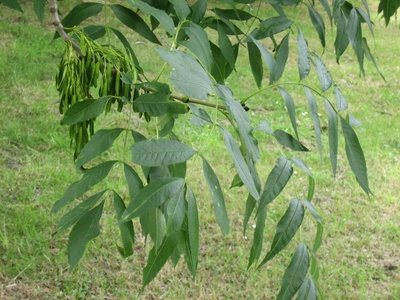
European Ash
A tall, deciduous native tree with smooth, greyish bark and pinnate leaves. It is a common component of moist, temperate forests in northern Spain, and its tough, flexible wood is highly valued.
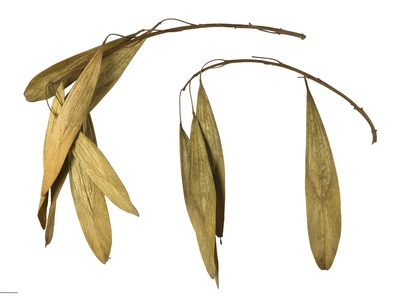
Narrow-leafed Ash
A deciduous native ash adapted to the warmer, Mediterranean climate, found along rivers and streams. Its wood is strong and flexible, similar to other ashes, but it is more tolerant of summer drought.

White Poplar
A fast-growing, deciduous native tree often found near water. It is easily recognized by the striking white, felt-like undersides of its leaves, which contrast with the dark green upper surface.
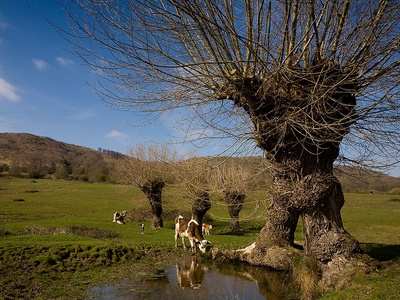
Black Poplar
A large, fast-growing native poplar that is a common sight along rivers throughout Spain. It has a rugged, furrowed bark and triangular leaves. Its wood is light and used for packaging and pulp.
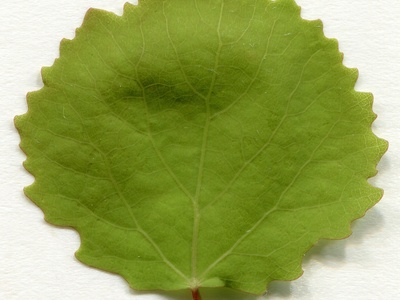
Aspen
A deciduous native poplar known for its leaves that “tremble” or shimmer in the slightest breeze. It is a pioneer species that reproduces through root suckers, forming clonal colonies in mountain areas.
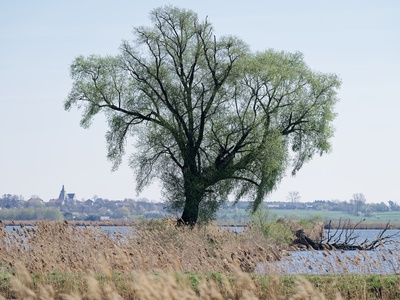
White Willow
A common native willow found along rivers and streams. It is known for its slender, silvery leaves and flexible branches. The bark is a natural source of salicin, the precursor to aspirin.
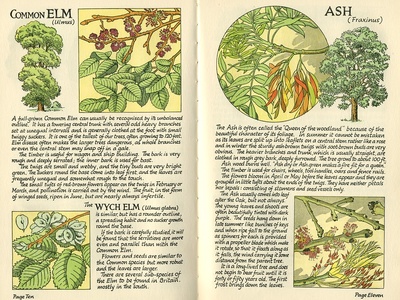
Elm
A native deciduous tree that was once a dominant feature of the Spanish countryside before being decimated by Dutch elm disease. It has rough, toothed leaves and is known for its tough, durable wood.
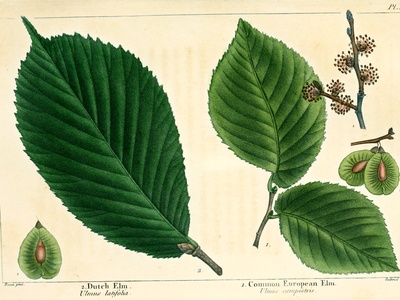
Wych Elm
A large, native elm found in the mountain forests of northern Spain. It is less susceptible to Dutch elm disease than Ulmus minor. Its wood is strong and was traditionally used for longbows.
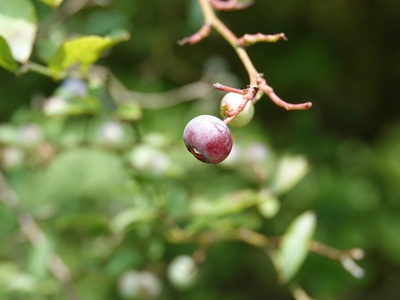
Mediterranean Hackberry
A deciduous native tree common in Mediterranean towns and countryside. It has a smooth, elephant-grey bark and produces small, dark purple, edible fruits. It is very resistant to drought and pollution.
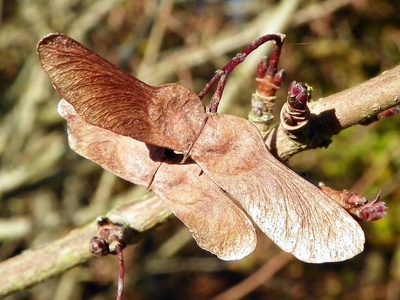
Field Maple
A small to medium-sized deciduous native maple, often found in hedgerows and mixed woodlands. It is known for its five-lobed leaves that turn a brilliant yellow in autumn and its corky-winged bark.
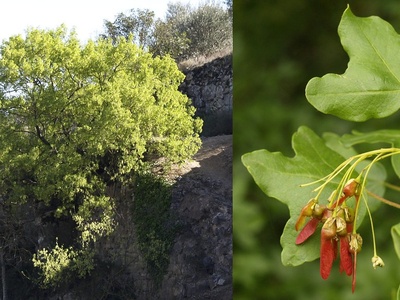
Montpellier Maple
A small, drought-resistant native maple found in Mediterranean forests. It is characterized by its small, three-lobed, leathery leaves and is often grown as an ornamental tree for its compact size.
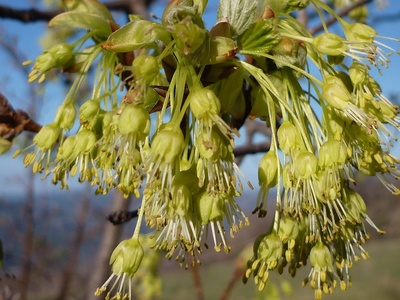
Italian Maple
A native maple found in the mountain forests of eastern Spain. It has rounded, shallowly-lobed leaves and produces beautiful yellow flowers in early spring before the leaves emerge.
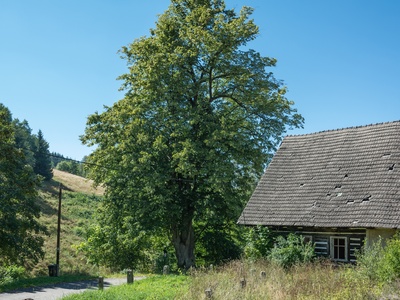
Large-leaved Lime
A large, deciduous native tree with heart-shaped leaves and fragrant, pale yellow flowers. The flowers are used to make a popular relaxing herbal tea (tila). It is common in mountain forests.
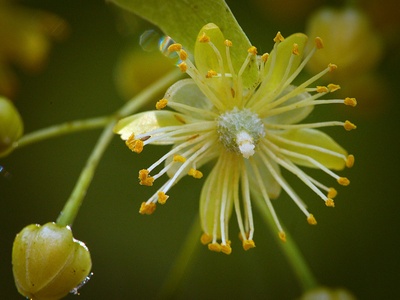
Small-leaved Lime
A graceful, native deciduous tree, similar to the Large-leaved Lime but with smaller, heart-shaped leaves. It is a valuable tree for honey production, as its flowers are very attractive to bees.
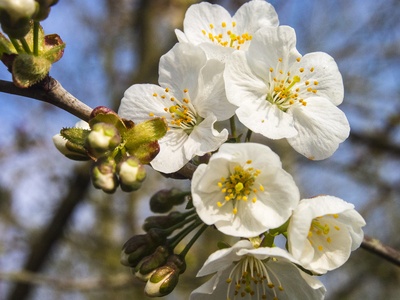
Wild Cherry
A native, deciduous tree that is the ancestor of most cultivated sweet cherries. It is prized for its beautiful spring blossoms and its high-quality reddish-brown wood, used for fine furniture.
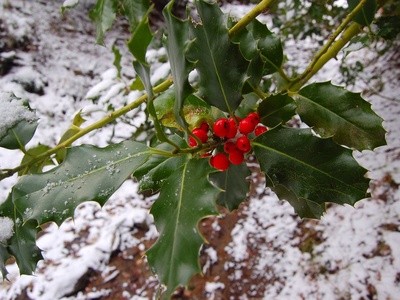
European Holly
A native evergreen tree with distinctive spiny, glossy leaves and bright red berries on female plants in winter. It is a common understory tree in oak and beech forests, traditionally used for Christmas decorations.
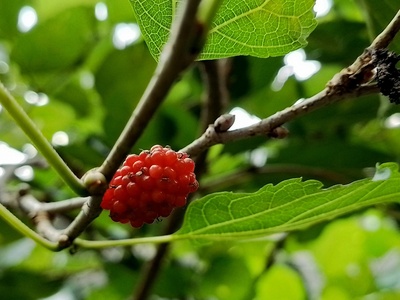
Strawberry Tree
A native evergreen that often grows as a small tree. It is notable for its reddish, peeling bark, bell-shaped flowers, and edible, strawberry-like fruit, which is used to make liqueurs.
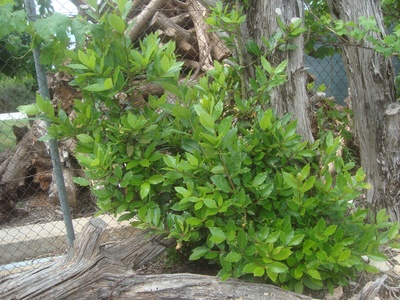
Bay Laurel
A native evergreen tree with aromatic, leathery leaves that are widely used as a culinary herb (bay leaf). It is a relic of the ancient laurel forests that once covered the Mediterranean basin.
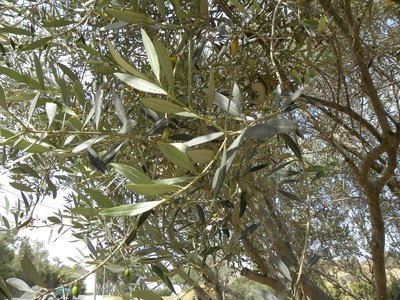
Olive Tree
A gnarled, long-lived tree iconic of the Mediterranean. Wild forms (acebuche) are native, but it is widely cultivated for olives and oil. It thrives in arid conditions and shapes vast agricultural landscapes.
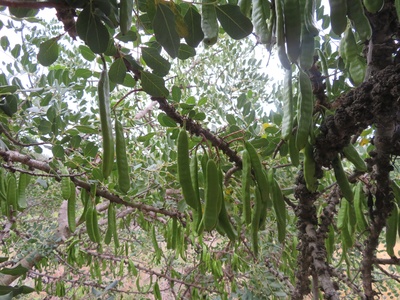
Carob Tree
A native, evergreen legume tree perfectly adapted to dry, coastal climates. Its large pods contain a sweet pulp used as a cocoa substitute and animal feed. A hardy and valuable agricultural tree.
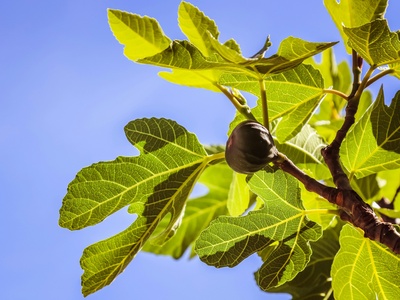
Fig Tree
A deciduous tree, native to the Middle East but naturalized in Spain for millennia. Known for its large, lobed leaves and sweet, edible fruit (figs). It thrives in the hot, dry Mediterranean climate.
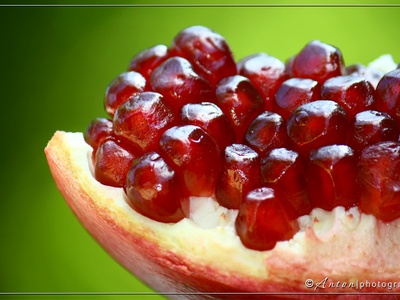
Pomegranate
A small, deciduous tree, anciently introduced and naturalized in southern and eastern Spain. It is cultivated for its ornamental flowers and its distinctive fruit, which is filled with jewel-like, edible seeds.
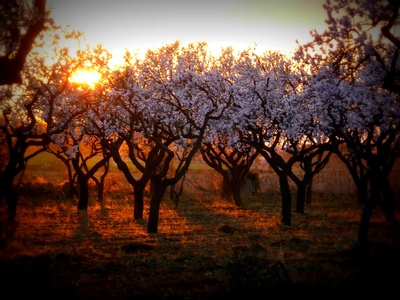
Almond Tree
A deciduous tree, introduced long ago and now widely cultivated and naturalized. It is one of the first trees to bloom in late winter, with beautiful pale pink or white flowers, producing the well-known almond nut.
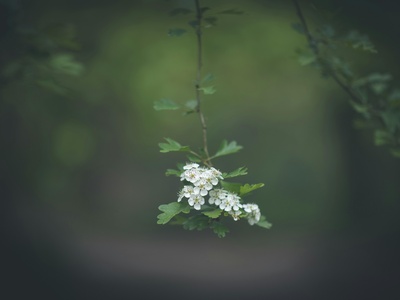
Common Hawthorn
A small, thorny deciduous native tree, very common in hedgerows and woodland edges. It produces a profusion of white flowers in spring, followed by red berries (haws) in autumn, which are important for wildlife.
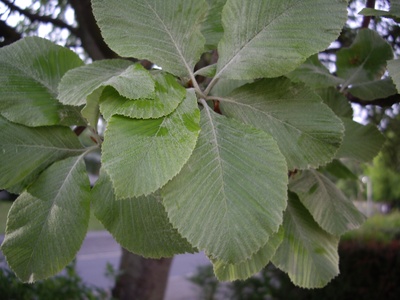
Whitebeam
A native deciduous tree found in mountain woodlands. It is easily identified by its leaves, which are dark green on top and strikingly white and fuzzy underneath, giving the tree a silvery look in the wind.
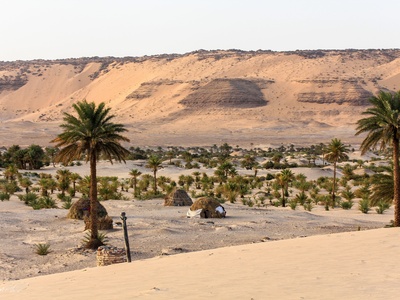
Date Palm
Introduced in antiquity, this palm is now a naturalized and iconic feature of southeastern Spain, especially in Elche, which has the largest palm grove in Europe. It is cultivated for its sweet, edible dates.
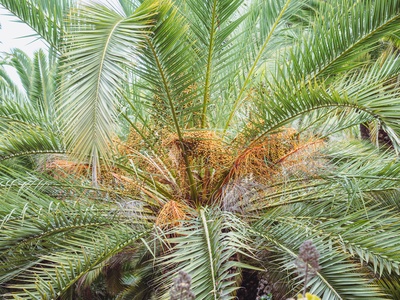
Canary Island Date Palm
An endemic palm of the Canary Islands, now planted worldwide as a majestic ornamental. It has a stouter trunk and a denser crown of leaves than the Date Palm, but its fruit is not as palatable.

Dragon Tree
A slow-growing, subtropical tree-like monocot, endemic to the Canaries. Famous for its umbrella shape and the red resin (‘dragon’s blood’) that seeps from its bark when cut. A protected symbol of the islands.

Mediterranean Cypress
A tall, slender conifer with a characteristic columnar shape, native to the eastern Mediterranean but naturalized for centuries. It is a classic feature of cemeteries and gardens, symbolizing eternity.

Monterey Cypress
Native to California, this cypress is widely planted and naturalized along the Cantabrian coast for its resistance to wind and salt spray. It often forms dramatic, windswept shapes on coastal cliffs.

London Plane
A large, deciduous hybrid tree, ubiquitous in Spanish cities and parks for its shade and resistance to pollution. It is easily recognized by its mottled, flaky bark and maple-like leaves.

Blue Gum Eucalyptus
An extremely fast-growing tree native to Australia, widely planted in Galicia and the Cantabrian coast for paper pulp production. It is controversial due to its high water consumption and fire risk.
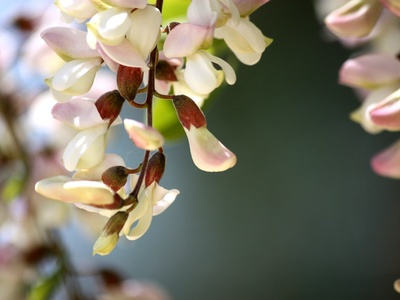
Black Locust
Native to North America, this thorny, deciduous tree is now widely naturalized across Spain. It has fragrant, white, pea-like flowers and is valued for its durable wood and for honey production.
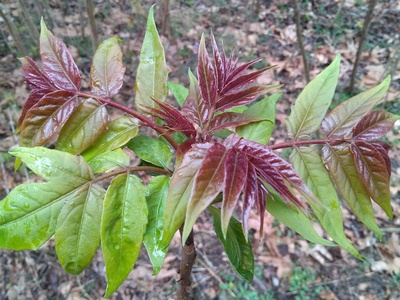
Tree of Heaven
A fast-growing, deciduous tree from China, now considered a highly invasive species in Spain. It can thrive in poor, disturbed soils and spreads aggressively through root suckers.
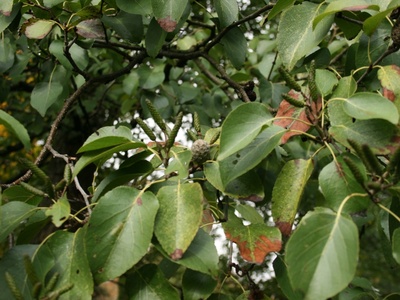
Italian Alder
Native to Corsica and southern Italy, this alder is planted in Spain for forestry and soil improvement. It is fast-growing and has distinctive heart-shaped, glossy leaves. It is considered naturalized in some areas.
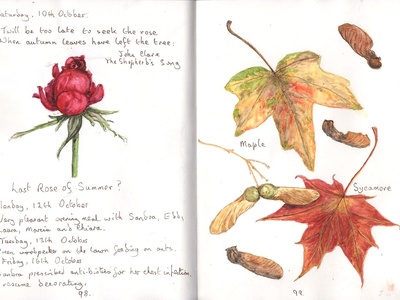
Sycamore
A large, deciduous maple native to Central Europe and naturalized in the mountain forests of northern Spain. It is valued for its pale, fine-grained wood (known as sycamore) used in furniture and musical instruments.
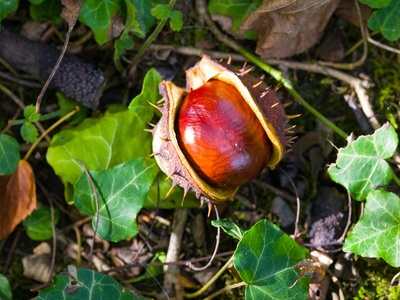
Horse Chestnut
Native to the Balkans, this familiar deciduous tree is widely planted in parks and avenues across Spain. It is known for its large ‘hand-shaped’ leaves, showy white flower spikes, and conkers.
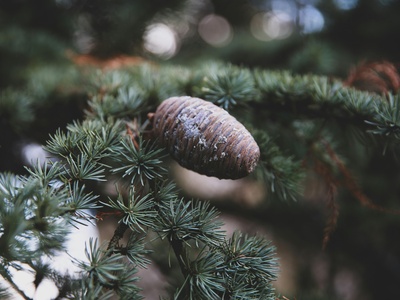
Atlas Cedar
Native to the Atlas Mountains of North Africa, this majestic conifer is widely planted in Spanish parks and has become naturalized in some mountain areas. It is noted for its bluish-green needles.
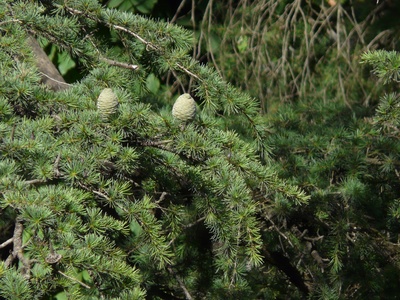
Deodar Cedar
Native to the Himalayas, this graceful cedar is a popular ornamental tree in Spain. It is distinguished by its drooping branch tips and long needles, giving it a soft, pendulous appearance.
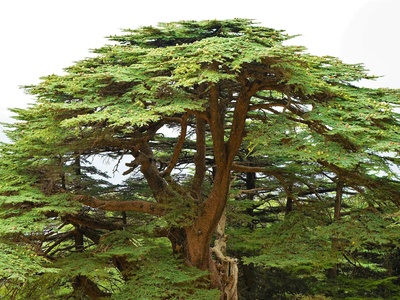
Cedar of Lebanon
The famous cedar of antiquity, native to the mountains of Lebanon. It is planted as an impressive specimen tree in Spanish parks, characterized by its massive trunk and horizontally spreading branches.
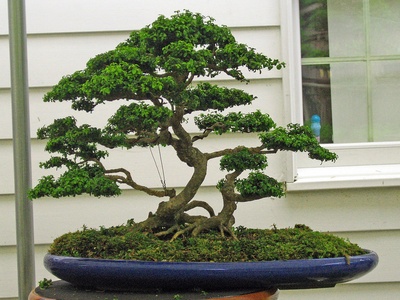
Boxwood
A slow-growing, native evergreen, usually seen as a shrub but capable of growing into a small, gnarled tree in some mountain woodlands. Its dense, hard wood is highly prized for carving and engraving.
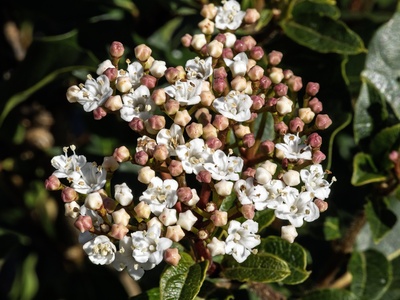
Laurustinus
A large evergreen native shrub that can be pruned into a small tree. It is very common in Mediterranean woodlands and gardens, prized for its winter-blooming clusters of white flowers and metallic blue berries.
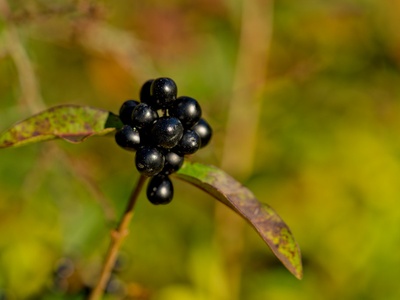
Common Privet
A semi-evergreen native shrub or small tree, commonly used for hedging but also found wild in woodlands and scrub. It produces clusters of white flowers followed by glossy black, poisonous berries.
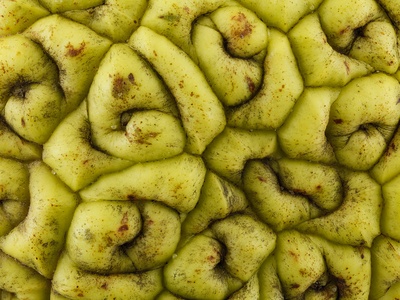
Osage Orange
Native to North America, this thorny tree is planted as a hedge or ornamental in Spain and is locally naturalized. It is known for its strange, large, bumpy green fruit that is inedible to humans.
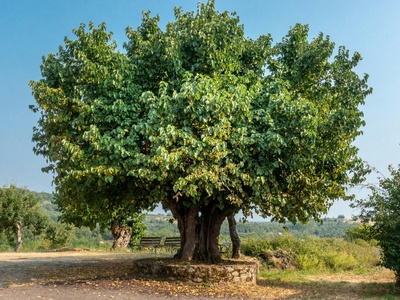
Mulberry Tree
Native to China, this tree was historically planted throughout Spain to support the silk industry, as its leaves are the sole food of silkworms. It is now widely naturalized and grown for its shade and sweet fruit.
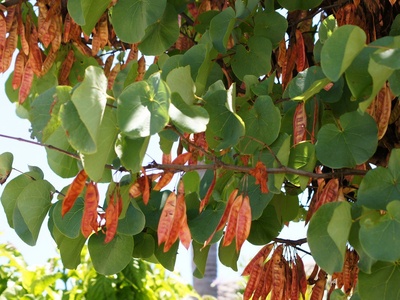
Judas Tree
A small, deciduous tree native to the eastern Mediterranean, now widely planted and naturalized. It is famous for producing a profusion of bright magenta flowers directly on its trunk and branches in spring.
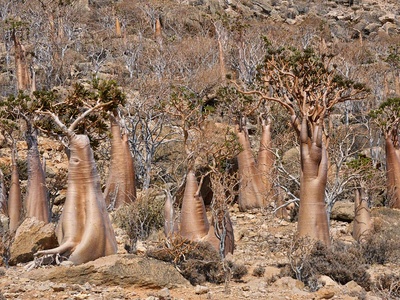
Bottle Tree
An Australian native, this evergreen tree is commonly planted in parks and streets in coastal Mediterranean Spain for its drought tolerance. It is named for its swollen trunk base that stores water.
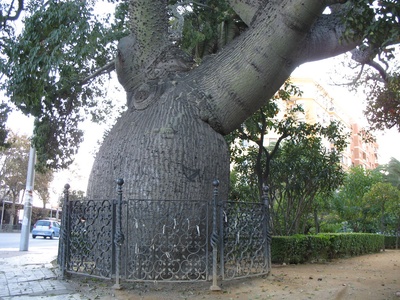
Silk Floss Tree
A spectacular ornamental tree from South America, planted in Spain’s mildest climates. It has a spiny, bottle-shaped trunk and produces large, showy pink flowers followed by pods filled with silky ‘floss’.

Jacaranda
A popular ornamental tree from South America, famous for its long-lasting, vibrant lavender-blue flowers in spring. It lines the streets of many Spanish coastal cities like Valencia and Malaga.
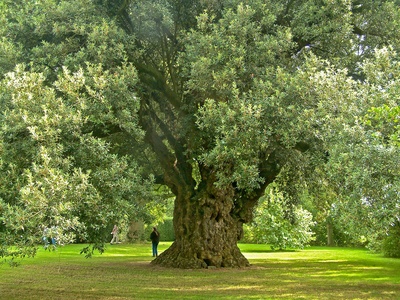
Evergreen Oak
Often considered a subspecies of Quercus ilex, this is the dominant evergreen oak of the dry interior of Spain. Its leaves are more rounded and acorns sweeter, making it central to the dehesa ecosystem.
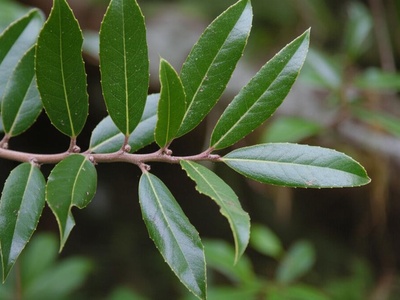
Canary Islands Holly
An endemic evergreen tree of the Canary Islands’ laurisilva forests. It differs from European Holly by having spineless, larger leaves. It is an important component of this unique, humid forest ecosystem.
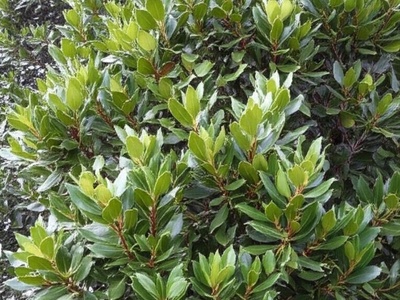
Canary Islands Laurel
A dominant tree in the laurisilva forests of the Canary Islands, closely related to the Bay Laurel. Its aromatic leaves and dense canopy are characteristic of these humid, subtropical cloud forests.

Til
A large evergreen tree endemic to the laurisilva forests of Macaronesia. Its dark, heavy wood has a distinctive, somewhat unpleasant smell when cut, which gives the tree its name.

Mocán
A small evergreen tree endemic to the Macaronesian region, found in the drier zones of the laurisilva forest. It produces small, edible, bell-shaped fruits that were a food source for the native Guanches.

Strawberry Guava
Native to Brazil, this small tree is cultivated for its edible fruit and has become naturalized, and sometimes invasive, in the Canary Islands. It produces small, round, red or yellow fruits with a strawberry-like flavor.
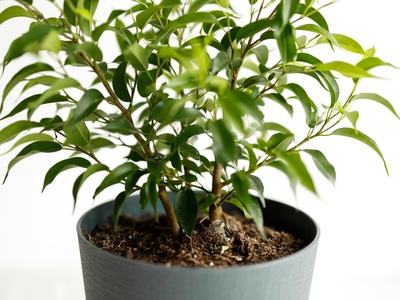
Weeping Fig
A popular ornamental tree native to Asia and Australia, widely planted in the frost-free climates of the Canary Islands and southern Spain. It is known for its graceful, drooping branches and glossy leaves.
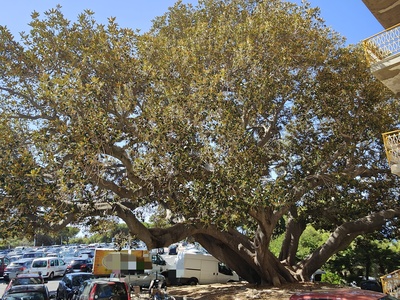
Moreton Bay Fig
A very large evergreen fig tree from Australia, planted as a monumental specimen in Spanish parks. It is famous for its huge, buttressed roots that spread out over the ground.
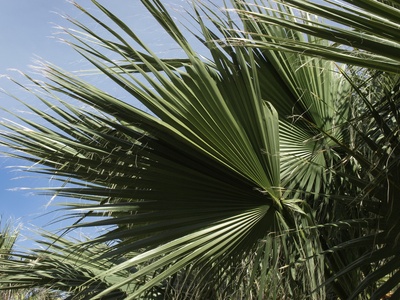
Desert Fan Palm
Native to the deserts of North America, this fan palm is widely planted in Spanish coastal resorts and parks. It is recognized by its thick trunk and the ‘petticoat’ of dead leaves that hangs down.
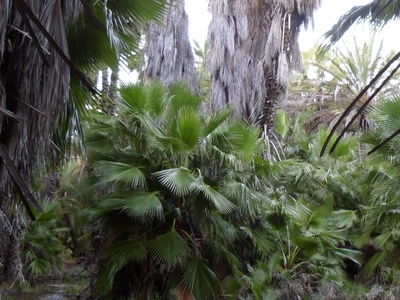
Mexican Fan Palm
Taller and more slender than its relative W. filifera, this North American palm is extremely common along promenades in Mediterranean Spain. It is very fast-growing and tolerant of coastal conditions.
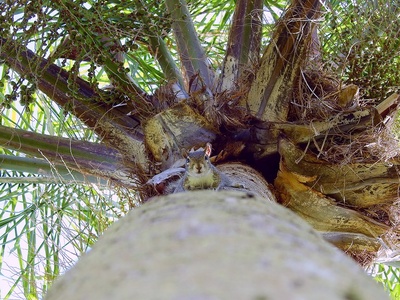
Queen Palm
A graceful palm from South America, popular in Spanish landscaping for its smooth, straight trunk and feathery, arching fronds. It produces large clusters of orange, date-like fruits.
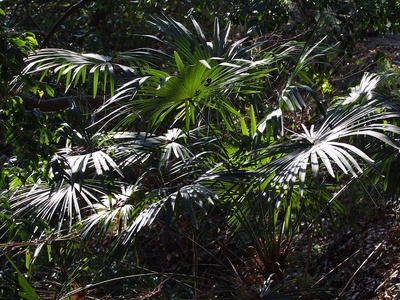
Chinese Windmill Palm
A very cold-hardy fan palm from China, widely planted across Spain, even in cooler northern regions. Its trunk is typically covered in a coarse, brown fibrous mat.
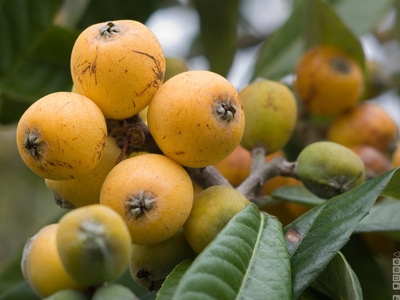
Japanese Medlar
A small evergreen tree, native to China but widely cultivated and naturalized in Spain. It produces fragrant flowers in autumn and sweet, tangy, yellow-orange fruits (nísperos) in early spring.
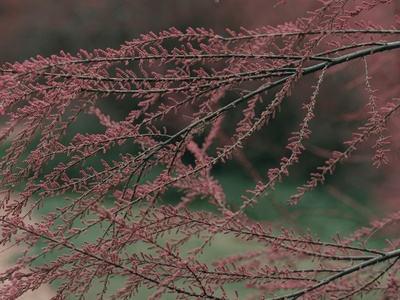
Tamarisk
A native shrub or small tree highly adapted to saline and arid conditions. It has feathery, scale-like leaves and produces plumes of pinkish-white flowers. It is crucial for stabilizing coastal dunes and riverbanks.
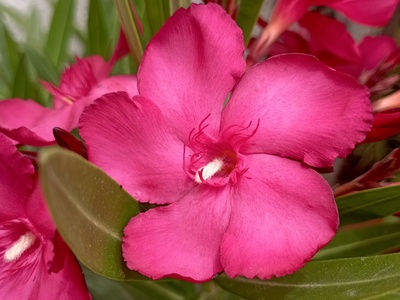
Oleander
A native Mediterranean evergreen shrub that can grow into a small, multi-stemmed tree. It is extremely drought-tolerant and famous for its showy flowers, but all parts of the plant are highly poisonous.
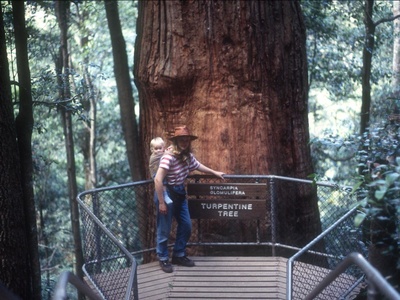
Turpentine Tree
A deciduous native shrub or small tree, related to the pistachio. It is found in dry, rocky areas and is a source of turpentine. Its leaves turn a brilliant red and orange in autumn.
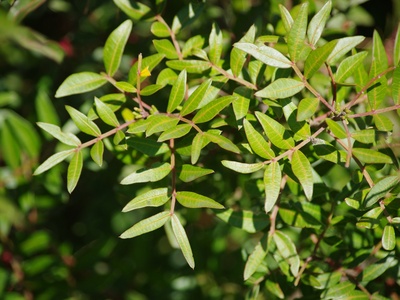
Mastic Tree
A large, dense evergreen native shrub, which can be trained into a small tree. It is a key component of Mediterranean scrubland (maquis) and produces an aromatic resin called mastic.
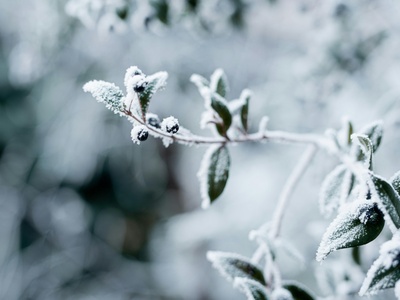
Myrtle
A native evergreen shrub that can reach small tree height. Its aromatic leaves, white flowers, and dark berries have been used since antiquity in perfumes, medicine, and cooking. It is a classic Mediterranean plant.

Kouchia
A large, semi-deciduous native oak found in humid, sheltered valleys in southern Spain. Despite its name, it is not native to the Canary Islands. It has large, elegant leaves, resembling a chestnut.
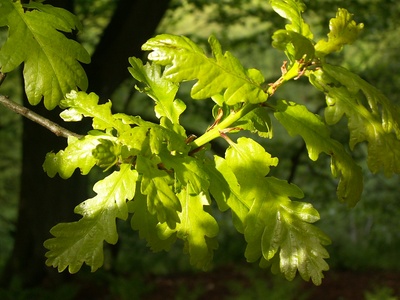
Sessile Oak
A large deciduous oak, similar to Quercus robur, but found on better-drained, acidic soils in the mountains of northern Spain. Its acorns lack a long stalk (are sessile), hence the name.
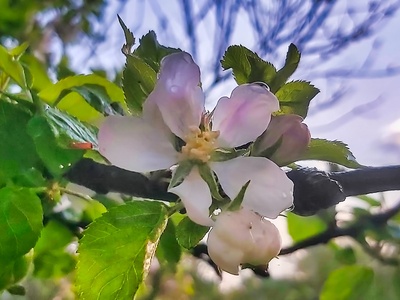
European Crab Apple
The wild ancestor of the cultivated apple, this small, thorny native tree is found in woodlands and hedgerows. It produces small, hard, and very sour apples that are used for making jellies.
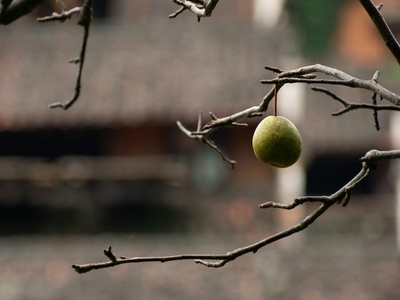
Wild Pear
The wild ancestor of the cultivated pear, this thorny, deciduous native tree is found throughout Spain’s forests. It has beautiful white blossoms in spring and small, hard, gritty fruits.
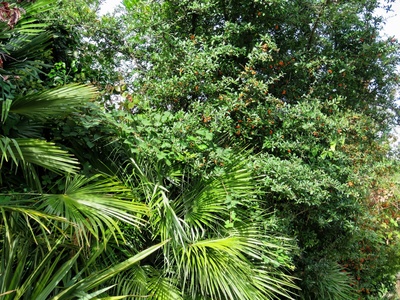
Firethorn
A thorny evergreen native shrub that can be grown as a small tree. It is often used in gardens for its masses of bright red or orange berries that persist through winter, providing food for birds.
